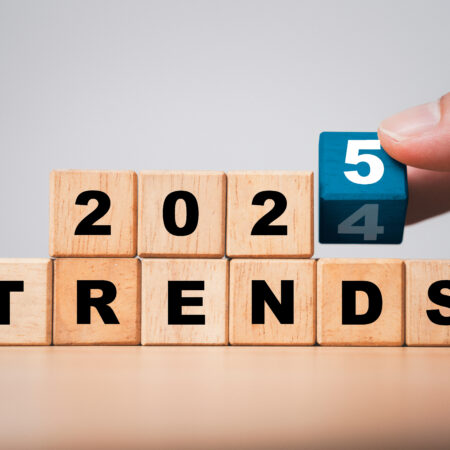
Originally, the Enterprise Resource Planning (ERP) and the Customer Relationship Management (CRM) IT environments controlled different areas of business management, two halves of a whole instead of a consolidated system that seamlessly managed the organization. The differences between these environments determined the way in which businesses controlled their individual center of the universe. However, through CRM’s evolution, the system has expanded to take on the best aspects of both ecosystems without the restrictions of ERP.

Finding Center
All businesses have a core focus or center that enables them to run smoothly, grow, and gain profit. The entirety of a business’ operation hinges around this center. For legal practices, the center of the universe revolves around legal cases. Construction companies operate around gaining and completing building projects. The specific details and cost of these projects directly influence the final income. The list goes on. Some companies even have multiple centers. Without a system to fluidly manage the different aspects that contribute to the business’ center, the business will suffer greatly. The emergence of business management platforms helped streamline operations and manage the various wheels of operation, but at first, it was a divided house.
The Difference Between ERP and CRM
Business IT centers around fluidly controlling the avenues of operation to achieve income, optimizing key functions that support the center of the universe. Originally, ERP and CRM poorly divided the management process.
ERP’s legacy was directly tied to the development of accounting software. Developers took accounting and then added more functions on top of this core application. Creating industry-specific applications is very difficult, so to work around this, developers added software for the most prominent coss-industry operations, creating ERP. Traditional ERP provides solutions like supply chain automation, resource planning, and order or service fulfillment in addition to accounting. The ERP system emphasizes a rigid operating structure and solutions-set to give users consistency: a one-size-fits-all system.
CRM was developed to manage customer relations and communications in a way that would lead to gaining customers and increasing sales. Traditionally, CRM platforms offer solutions like prospect tracking, pipeline reporting, quoting, and support ticketing. CRM emphasizes a heightened degree of flexibility due to the fact that individual companies make money differently than other companies, even within the same industry. The focus was on allowing the user to manage the system around the business’ center of the universe instead of organizing the business’ center around the software itself.
There’s also a grey area. Some ERP and CRM systems also have estimating, solution design, and contract management solutions included in their offerings.
Best Of Both Worlds: CRM’s Evolution
The rigidness that makes ERP dependable to use, can also make it to difficult to use. Customization is virtually impossible on many ERPs, which limits their utility for businesses with unique models and methods. Being restricted by your own IT platform can also lead to costly mistakes and expenses.
While CRM was developed later, the platform itself had an essential trait that enabled it to continue growing past the ERP system: customization. The central idea powering CRM is that a business leader’s insight and direction are the keys to managing their business successfully; the structure of the platform should be determined by the individual client, not the software developer. While CRM started out just managing customer relations, CRM’s legacy IT structure enables it to be customized for key factors within a business’ center of the universe.
Create Your Own ERP
CRMs like Salesforce actually use the best of both systems by letting you choose the solutions and structure you want on a single IT ecosystem to create your own ERP. Using Accounting Seed, an accounting software built on the Salesforce platform, you not only have access to an array of accounting features but can also connect its functions with other native programs within the platform. This makes Salesforce a single hub from which you can manage all the aspects of your business and finances, consolidating your ‘center of the universe’ into a single system. Inspired by a CRM mindset, Accounting Seed enables users to control every aspect of its functionality to address individual business needs. Rather than sacrificing functionalities for structure, Salesforce and Accounting Seed form a holistic management base to streamline operations and expand your center of the universe.
See Accounting Seed in action
Get a close-up view of how accounting on Salesforce can eliminate the need for costly integrations—and silos of mismatched information—by sharing the same database as your CRM.



